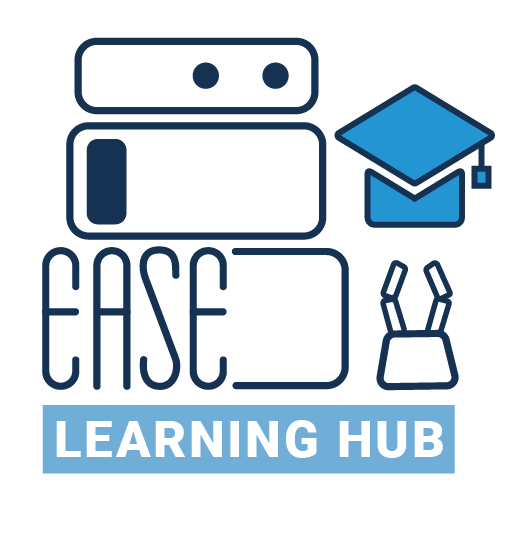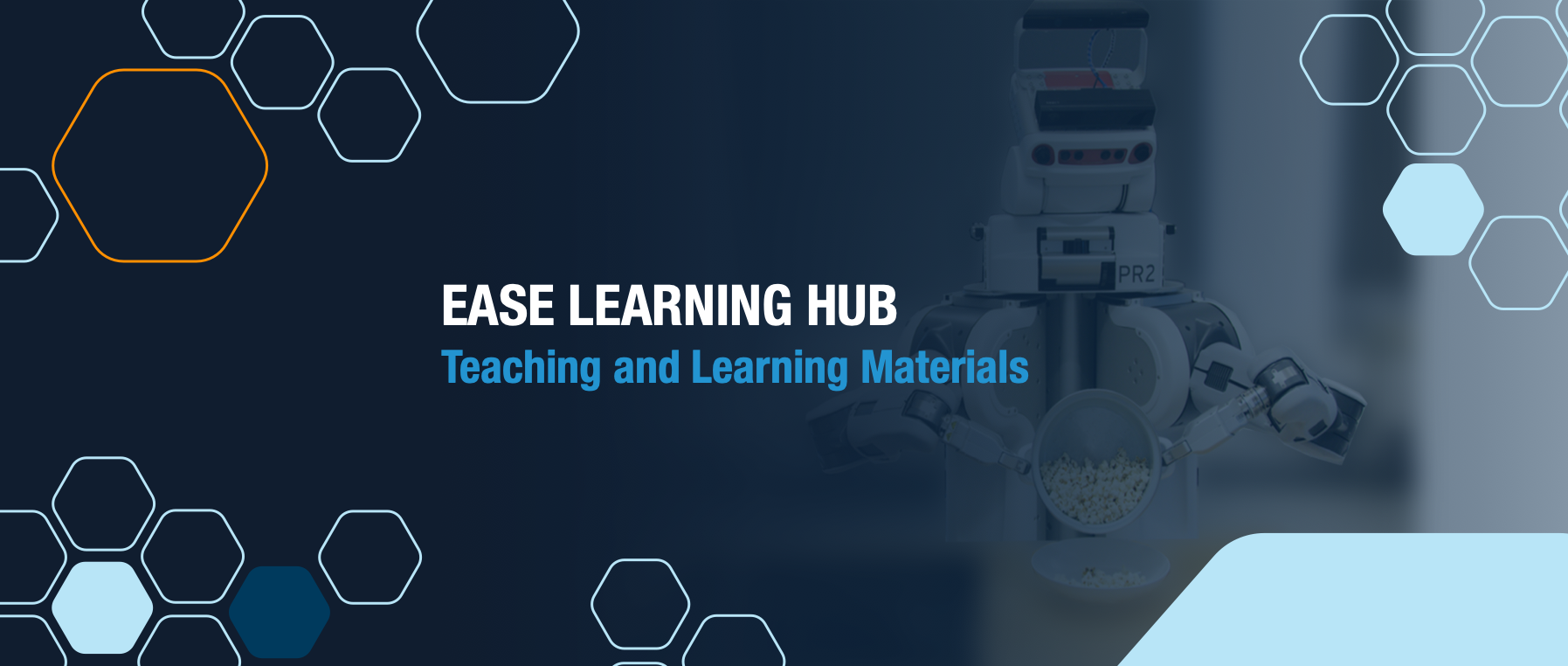Robot Perception For Real-Life Applications
Michael Suppa from Roboception GmbH gives useful insights into robot perception applications in real-world environments. Roboception provides 3D vision hardware and software solutions that enable industrial robotic systems to perceive their environments in real-time. His talk introduces sensing principles, confidence and errror modelling, as well as pose estimation and SLAM (simultaneous localization and mapping). He also lists the requirements for real-world perception and manipluation systems in industrial environments.

